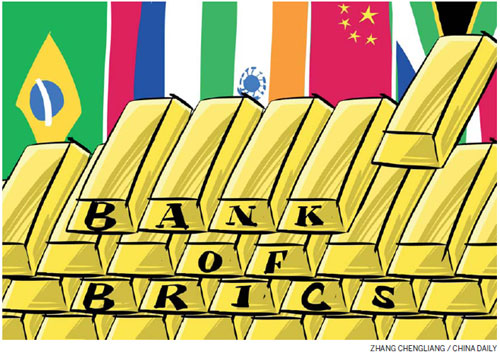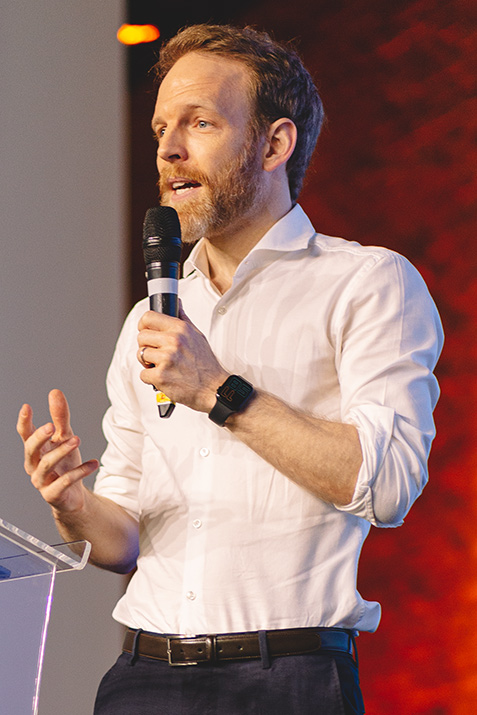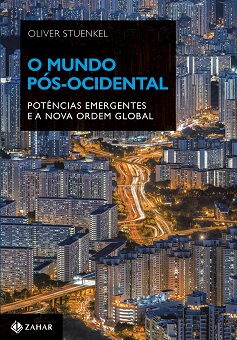
During the 4th BRICS Summit in New Delhi in 2012, leaders agreed to study the possibility of a joint development bank. For the next 12 months, a group of policy makers hailing from each country’s Ministry of Finance and Foreign Ministry convened regularly and wrote a viability report, which was presented a year later, during the 5th BRICS Summit in Durban. There, the BRICS decided to move ahead and begin the process of setting up the institution aimed at “mobilizing resources for infrastructure and sustainable development projects in BRICS and other emerging economies and developing countries”. However, it would have been difficult to be less specific about the Bank: “The initial contribution to the bank should be substantial and sufficient for the bank to be effective in financing infrastructure” the eThekwini Declaration reads.
In principle, this development is highly significant, for it is the first step towards institutionalizing the BRICS outfit, fundamentally altering its characteristics of a non-binding, informal consultation group. While most details about the Bank still need to be resolved, it is clear that operating such an institution will require the BRICS to agree on a set of guiding rules and norms. It will provide a unique opportunity to develop new development paradigms and, perhaps, start a real conversation between established lenders and rising powers about the future of development. The BRICS Bank could also be an important motor for change within established institutions such as the World Bank.
Over the past years, Nicholas Stern, Joseph Stiglitz, Amar Bhattacharya, and Mattia Romani have campaigned globally for such a bank – and it is largely based on their proposals that the Indian government chose to promote the issue within the BRICS framework in 2011.
As the four economists point out in a 2013 op-ed,
A new development bank is clearly needed. The infrastructure requirements in emerging-market economies and low-income countries are huge — 1.4-billion people still have no reliable electricity, 900-million lack access to clean water and 2.6-billion do not have adequate sanitation. About 2-billion people will move to cities in the next 25 years. Policy makers must ensure the investments are environmentally sustainable. To meet these and the other challenges, infrastructure spending will have to rise from about $800bn to at least $2-trillion a year in the coming decades or it will be impossible to achieve long-term poverty reduction and inclusive growth.
In the process of discussing the bank, South Africa could turn into the greatest liability. With its economy increasingly affected by the global crisis, there are doubts about how much South Africa is willing and able to contribute to the Bank. Since Brazil and India, in particular, insist that each country should contribute the same amount (to avoid that the BRICS Bank will turn into a China-dominated institution), South Africa’s economic weakness creates a formidable dilemma. Either the Bank is democratic and small, or large and controlled by China. Neither prospect seems particularly appealing. This is particularly worrisome because the proposed start-up capital of $50 billion for the Brics bank is far too small to have a systemic impact. During private conversations, Indian diplomats grumbled that ten times the amount would be necessary.
It may seem paradoxical, then, that South Africa’s President Jacob Zuma assertively declares that Africa is the most appropriate location for the BRICS bank because “Africa had the greatest need for a bank that would respond to the challenges of the developing world”, as he told the opening plenary session of the 2013 World Economic Forum on Africa. It was entitled “Building with BRICS”.
Interestingly enough, the bank could also be considered a failure if it simply replicates the characteristics of the major development finance institutions. Rhetoric about the new paradigms of South-South cooperation have generated expectations that emerging powers of the South have a meaningful contribution to make in the global debate about development. Considering the great differences between the development models of each BRICS member, complex debates lie ahead to establish the rules and norms that will guide the BRICS Development Bank.
Fundamental questions about the bank remain, such as:
1. Where will the bank’s headquarters be? Pretoria and Shanghai are informal candidates, though both Russia and Delhi is said to be against the latter. The Brazilian government is also mulling over proposing Rio de Janeiro or São Paulo.
2. Will each country contribute the same amount (the talk is currently of 10 billion US-Dollars) or will members contribute according to the size of their economy? South Africa is said to prefer the latter, India the former as it fears China’s dominance. Why, Indian policy makers ask, did South Africa seek to become a BRICS member if it is unwilling to make a serious commitment now?
3. Will the bank be controlled by emerging powers alone or will established powers be allowed to have a minority stake?
4. Will the bank invest only within BRICS countries or also outside, i.e., in Africa? India is said to prefer to former, as it requires massive infrastructure investment, and it would be far more comfortable taking loans from a BRICS Development Bank than a Chinese-controlled bank.
5. Will the bank develop lending paradigms that differ from those created by the World Bank and other established banks? This one is perhaps the most important question of all. Some say that the bank will avoid the conditionalities the World Bank and the IMF attach to their loans. This could lead Western observers to accuse the BRICS Development Bank of providing “rogue loans” and undermine the West’s attempts to promote good governance in the developing world.
This last question points to a larger uncertainty about the future of global governance. Will emerging powers’ projects such as the BRICS Development undermine existing institutions and the principles that sustain them? BRICS policy makers go out of their way to point out that the BRICS Development Bank will “complement” existing institutions – yet why then, skeptics will ask, do they not hand over the money to the World Bank, the IMF or other institutions that are already in place? Why go through the hassle of creating a new institution?
The answer, clearly, is that while emerging powers seek a larger role within the existing framework, they do not feel established powers are willing to provide them with the adequate power and responsibility – reforms at the World Bank and the IMF have been too slow, and not far-reaching enough. The World Bank remains, despite its name, essentially a Western-dominated institution in the eyes of emerging powers. It is difficult to read the creation of the BRICS Development as anything other than that.
Since the summit in Durban in March 2013, the BRICS have set up an implementation committee to begin hammering out the details. The complexities are enormous. Some expected substantive details to emerge at the 6th BRICS Summit in Fortaleza (Brazil) in July 2014. But recent debates in Sydney at the margins of the G20 indicate that most of the key issues mentioned above have not been decided yet.
A Russian government official pointed out after the recent G20 meeting that once agreement about the location and financial commitment is reached, “it will take around two years to complete bureaucratic procedures and another three years to gather funds to build the bank’s capital”. That is a sign that emerging powers have currently lost their appetite for bold action. By creating a five-year horizon, the BRICS’ leaders will essentially leave it to their successors to figure out whether to go ahead or not. “The vagueness suggests the new bank’s true purpose hasn’t been worked out. For this venture to succeed, the new bank will need a clear rationale,” wrote Jim O’Neil recently.
Read also:
China Development Bank: A model for the BRICS Bank?
Is it time for a BRICS Development Bank?
Debate about BRICS Development Bank advances
The BRICS Development Bank: A view from Delhi
Creation of BRICS Development Bank looks almost certain








